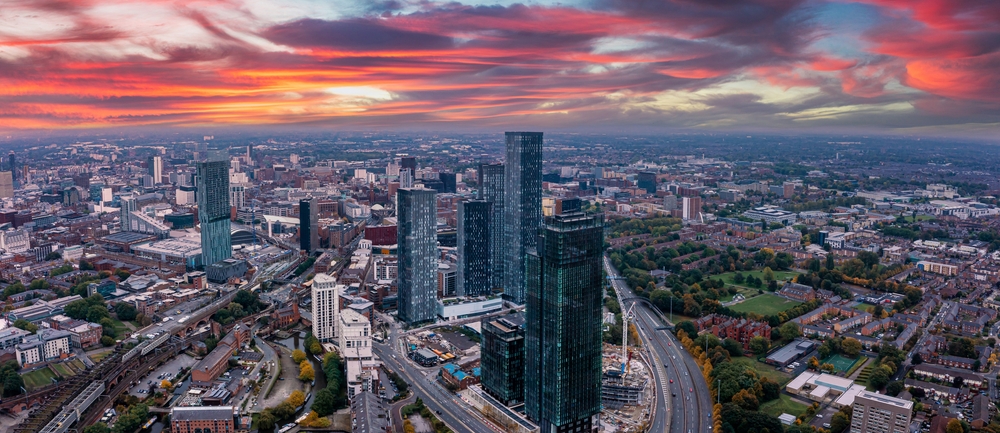Londons's Spitalfields neighborhood has come a long way from once being the abode of homeless vagrants, prostitutes, and Jack the Ripper, to the luxury home of today’s high-end homebuyers who settle for millions.
Its earliest grave belongs to a 25-year-old Roman matron, who was buried with her ornate jet and glass grave goods. Spitalfields began as a religious and commercial region, getting its money from the silk industry that was established by French protestant (Huguenot) refugees in the 17th century. The next 200 years saw magnificent estates that catered to master weavers, who paid top pound for a home in that region. These artisans also set up mansions around newly-created Spital Square.
Fortunes changed in the Victorian era, when the merchant dwellings degenerated into multi-occupied slums, and a cholera epidemic slaughtered scores of locals. By the late 19th century, the region resonated with its sanguinary activities of individuals, such as Jack Sheppard, a highway man and multiple absconders, who roamed its streets.
Today’s visitors will find an urban renewal of old merchant homes that have been conserved by the Spitalfields Historic Buildings Trust. Modern Spitalfields has large modern offices, boutique shopping, expensive restaurants next to Cockney-knees-up boozers, wine bars, and one old public toilet for sale to the tune of £1 million ($1,241,100). The city hopes to turn it into a pub. Tourists will also find Jack the Ripper tours, and a large increase in property prices. In fact, a recent WSJ reports that “Spitalfields's real estate is outperforming rival neighborhoods in prime central London and that today’s Spitalfield once shabby townhouses attract premium prices.”
One such house, priced at approximately $3.66 million, on Fournier Street measures 3,060 square feet. It consists of four bedrooms, three bathrooms, and a secluded terrace. In Spital Square, a one-bedroom, one-bathroom apartment measuring 546 square feet starts at about $863,000, while a two-bedroom, two-bathroom can cost $1.18 million.
It’s curious to know what Mary Wollstonecraft, Samuel Gompers, and George Peabody, who all lived in Spitlfields and aimed to help the poor, would have thought. It was Peabody who built the Peabody Donation Fund, today's Peabody Trust, that promises to provide good quality housing "for the deserving poor" in London.
Image courtesy of Shutterstock







